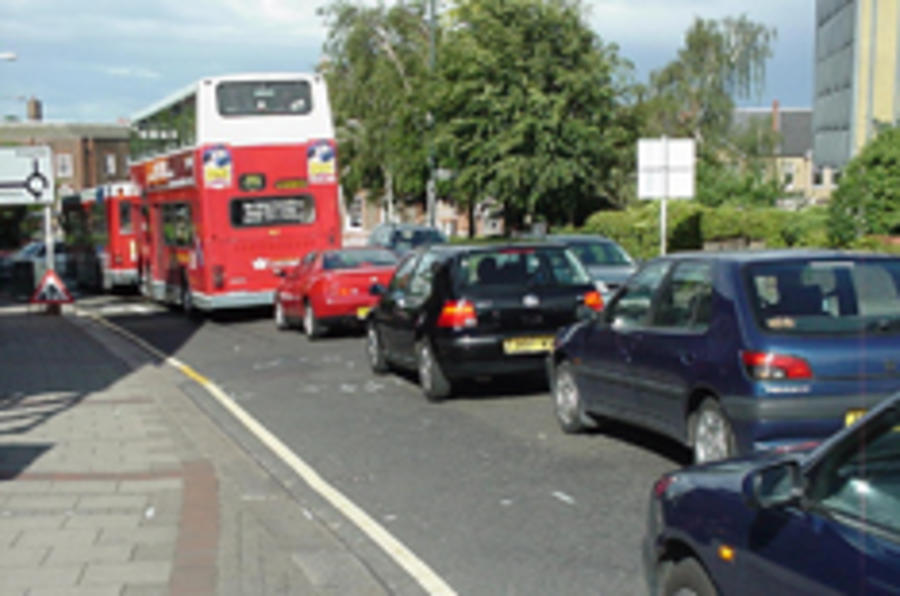Autocar has uncovered shock evidence that the Department for Transport is pushing local councils to adopt policies designed to lengthen journey times for motorists and reduce the amount of road space available to cars.
Urban Safety Management Guidelines — Road Safety Strategies for Urban Communities is a 30-page colour guide promoted by the DfT, the Transport Research Laboratories and the Institution of Highways and Transportation, and downloadable on the DfT website.
The guide lays out a detailed formula for what it says will be much-improved road safety, using Gloucester as an example, which includes deliberately inducing congestion.
Local councils are urged to ‘lengthen journey times on local distributor and residential access roads by reducing the speed of traffic, mainly through traffic calming on residential roads,’ but also by ‘taking space from car traffic by installing central refuges and hatching, bus and cycle lanes.’
Fitting bus-priority receivers to traffic signals and giving less time at traffic signals to traffic on local distributor and residential access roads is also on the menu.
The DfT's Urban Safety Management philosophy seeks to divide the roads in a particular town into a hierarchy, giving priority to pedestrians and cyclists on residential and town centre roads and to cyclists and public transport on so-called district distributor roads.
It goes on to promote speed management ‘by road narrowing using gateways, cycle lanes, central refuges and warning signs on main roads’. Complete road closures are also encouraged where possible.
Recognising this is a controversial approach, the guide suggests that ‘cultivation of the local media, and convincing important local politicians to support the programme is time well spent.’
A DfT spokesperson defended the document, saying: “Not every town will use the same techniques as Gloucester”.






Add your comment